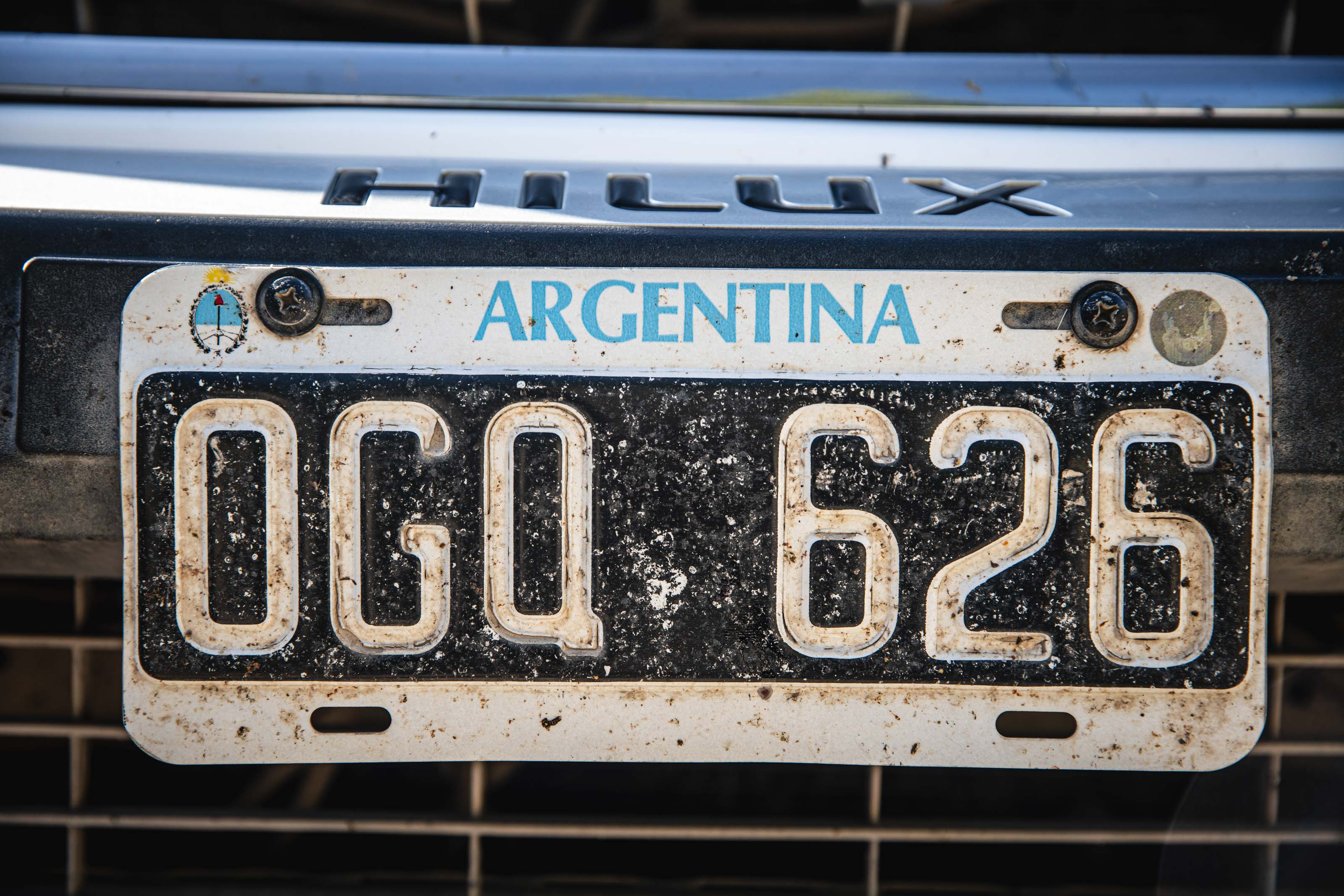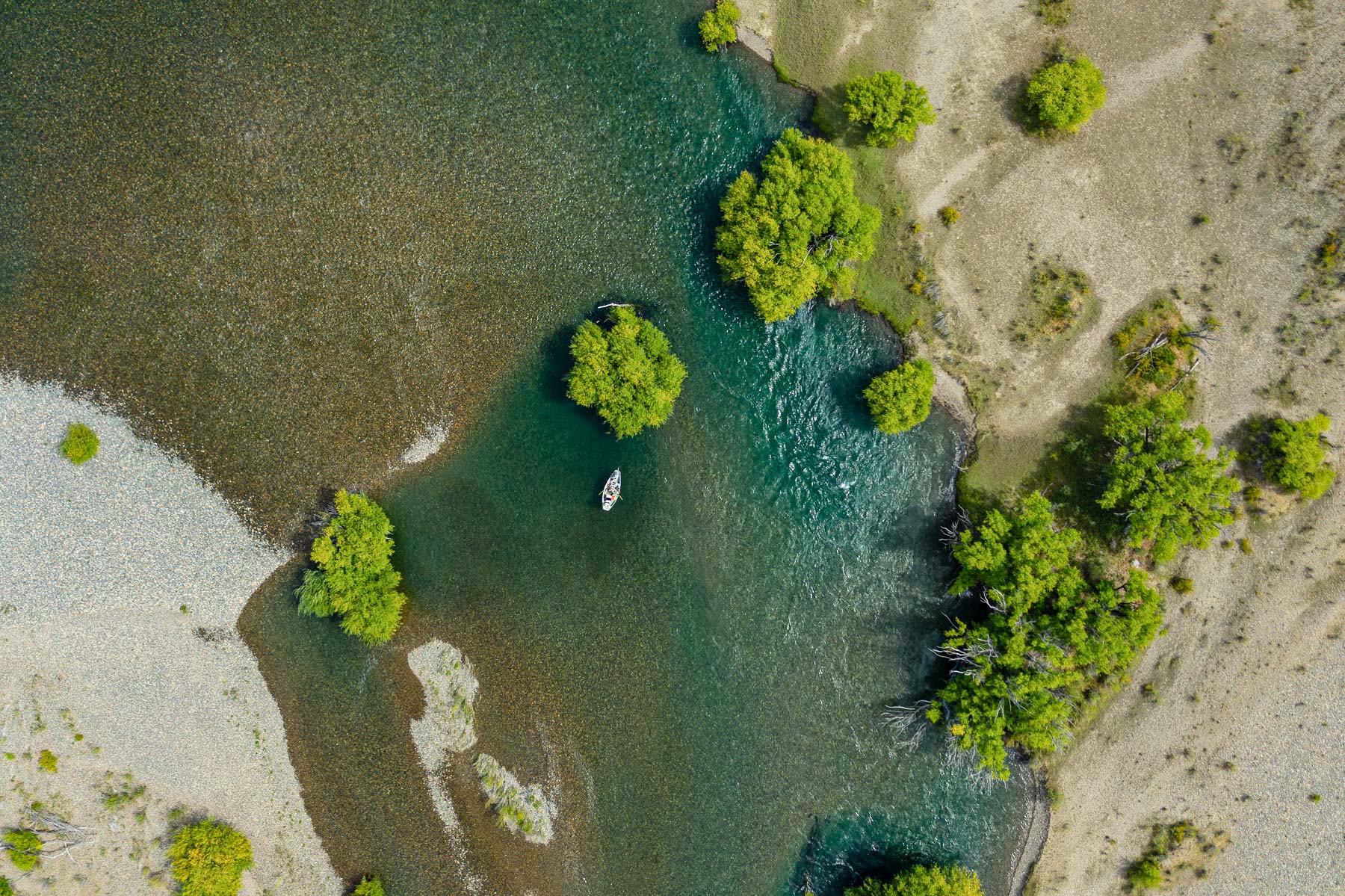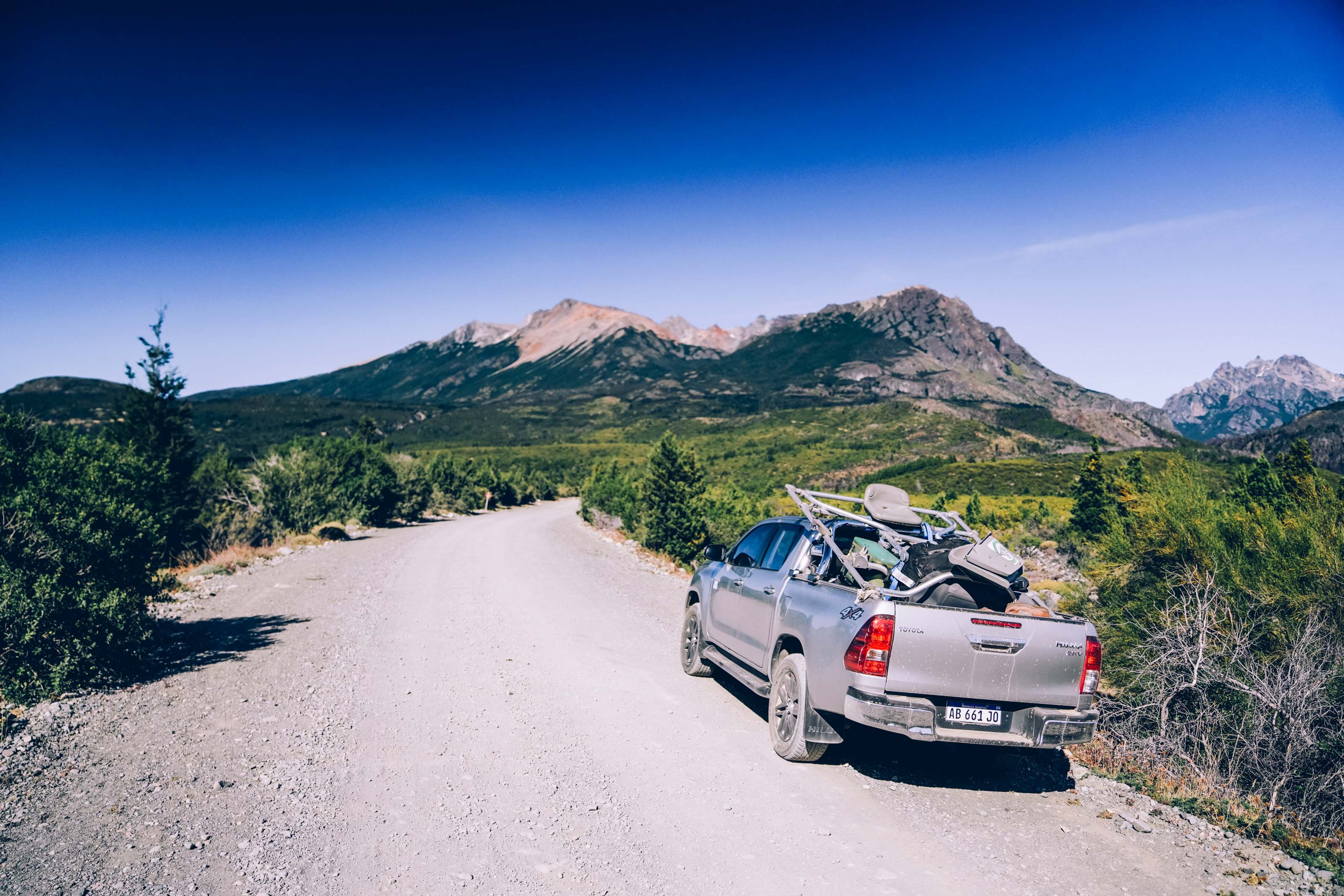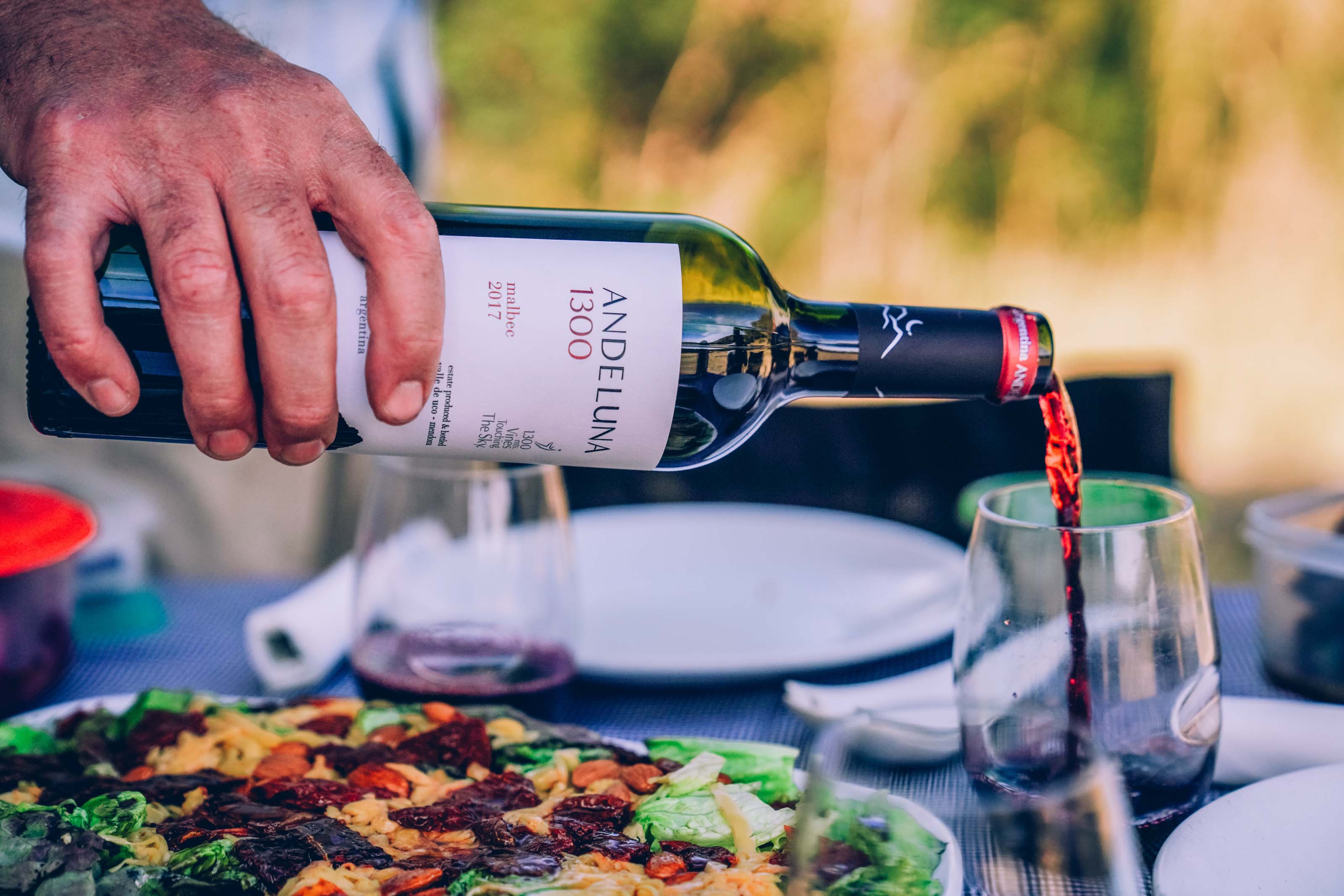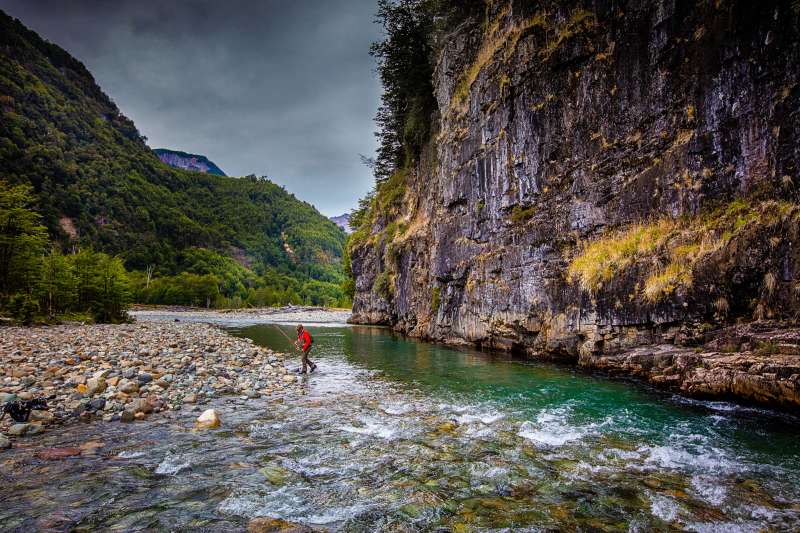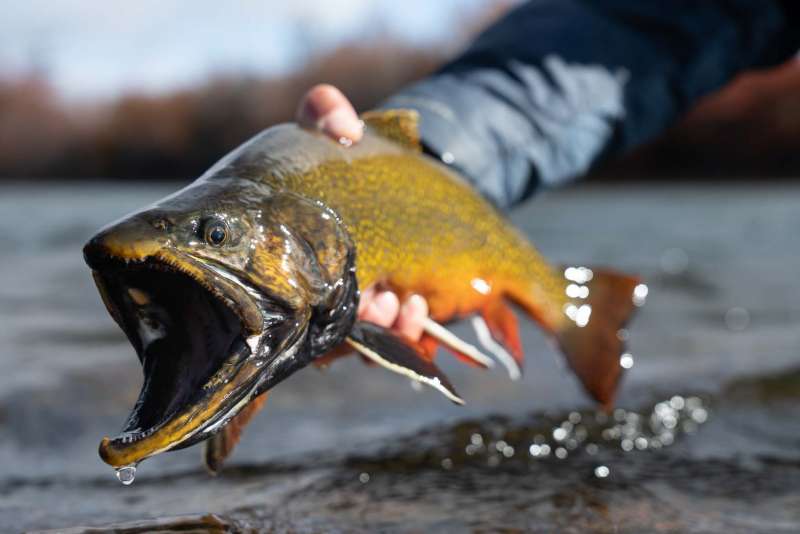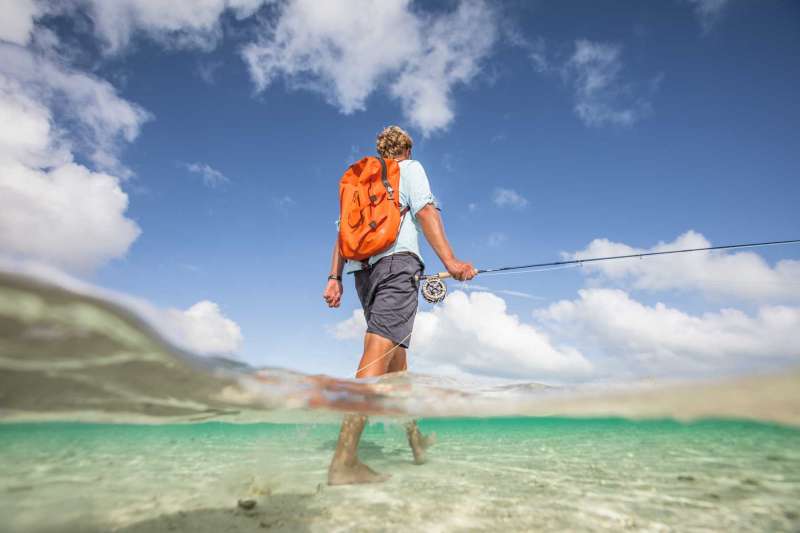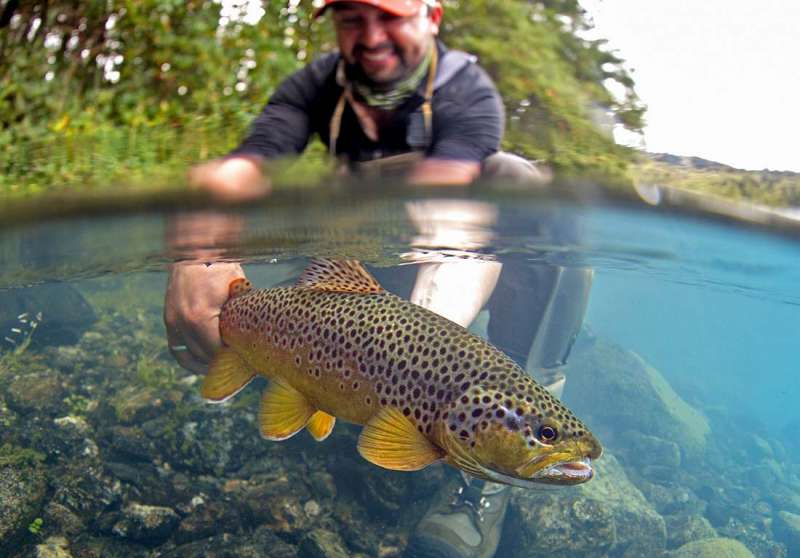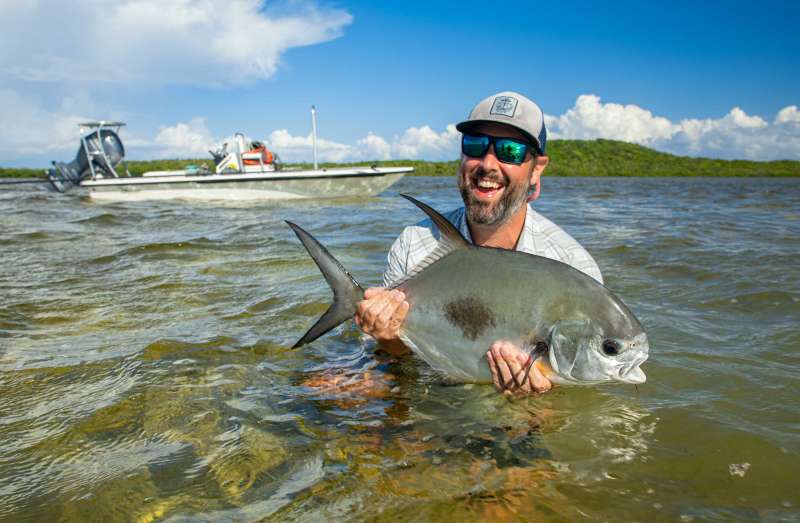How to pack for a fly fishing trip in 50 pounds or less
Fly fishers are notorious gear junkies. We don’t have a fly rod, we have a quiver of fly rods. We don’t have a single pair of waders. We have heavy waders, light waders, guide pants and some of us old-timers still have our sturdy neoprenes for when it’s really cold outside.
We don’t have a fly box. We have cases full of fly boxes. We have nymph boxes, dry boxes, streamer boxes, soft-hackle boxes, Clouser boxes, bonefish boxes, permit boxes, tarpon boxes, steelhead boxes … We’re sinister hoarders of stuff.
And, when we travel, we labor over what stuff to bring and what stuff to leave behind. Generally speaking, we have to get it all in a bag with a 50-pound weight limit, or we have to pay extra (and sometimes a lot extra!) to have our bag loaded on a commercial aircraft. For more remote destinations that might require a flight in a smaller plane for the last leg of the trip, like a Cessna 206 or a DeHavilland Beaver, weight becomes even trickier.
Generally speaking, we need to master the weight issue and still bring the gear we need to get the job done on the water. It’s a fragile dance that requires some thought before we start loading the duffle the day before a trip.

Here are a few tips that might help make your next trip a little easier, at least in terms of getting your packing issues under control.
1. Use your carry-on for heavy items.
Most of us travel with a backpack or, at least, a “carry-on” bag. Make the most of this space. It’s a good idea to always include a change of clothes at the bottom of your backpack or carry-on bag (just in case you get stuck somewhere along your route). Consider, too, putting some heavier items in your backpack (you must put lithium batteries for cameras, laptops or CPAP machines in your carry-on–they can react poorly to cold or pressure). Consider putting some of your reels and spools in your carry-on. Many backpacks have straps for fly rods, so you can lighten your duffle even more by carrying a rod or two on the plane with you. It might make the backpack or carry-on bag heavier, but your checked bag will be lighter. Other things that can go in your carry-on? Sunglasses, hats, face gaiters, etc.
2. Bring extra spools, not extra reels.
Seems like a simple solution, but when every ounce counts – literally – this is a good way to shave weight from your bag. And, once you go the extra-spools route for your favorite reels, you’ll find that it’s a much better system for any situation, not just one where you have to shave weight from your duffle.
3. Only pack the rods you need.
While it’s fashionable to have a host of fly rods so you can be ready for every possible situation on your adventure (say you’re headed to Mexico or the Bahamas for bonefish, permit and tarpon and want to have the gear for all three), consider only packing the rods you’ll need. Remember, too, that most reputable lodges have loaner gear – if you only wanted to pack a 7-weight and an 8-weight for bones and permit, chances are, the lodge has a 10-weight “tarpon rod” ready for you to take on the boat. Again, it often boils down to ounces, not just pounds, and it all adds up.
4. Pack light-weight clothing.
Consider light-weight clothing, even to “cold” destinations. For instance, skip the blue jeans on your trip to Alaska, and instead pack a pair or two of light-weight fleece pants. You can travel in shorts or fishing pants (also lighter than jeans) and wear the fleece under waders, if necessary. Also, big cotton hoodies? So warm and comfy. Also, super heavy. Consider some lighter undergarments and wear a sun hoody as a second layer.
5. Travel with light-weight wading boots.
Wading boots are vital for some destinations, like Montana, Patagonia, Iceland or the Yukon. But, again, weight matters. Consider light-weight canvas or canvas mesh options instead of your old, leather wading boots. Bonus? The lighter boots dry faster.
6. Lighten up your camera gear.
Many anglers love to shoot high-quality photos while on trips, but unless you’re gathering digital assets for a magazine article or a website, size down your photo gear. Honestly, the best camera most folks own is in their pocket already – phones these days are very sophisticated, and it’s tough to find digital camera options that beat the quality of photos pushed out by the likes of Apple, Google and Samsung. If you want more quality, consider a lighter, mirrorless camera. You’ll pay more, but if photos are important to you, it’s worth it.
7. Stay away from cotton.
Don’t overpack. Seems simple, but the temptation to put one more t-shirt or one more pair of wool socks in the bag can be tough to ignore. Shoot for one “outfit” a day. While it may be fashionable to “dress for dinner,” those extra apparel items add up. Again, consider lighter, quick-dry, non-cotton items. You really cut your weight if you go this route. Also, follow the ABC rule (anything but cotton) in general. Cotton takes forever to dry, and, while you may get in under the weight limit on the way to your destination, the damp clothes on your way home might push you over the limit.
It’s just common sense that requires a bit of foresight. For that reason, start packing a bit earlier than you might think you need to, and be smart about what you bring. Think about what you need, as opposed to trying to be uber-prepared for every possible scenario. Again, most reputable lodges have spare gear if you find yourself in bind.
It’s better to make the weight limit than it is to shell out a small fortune that could be better spent on a nice bottle of rum or whiskey at the duty-free store.

